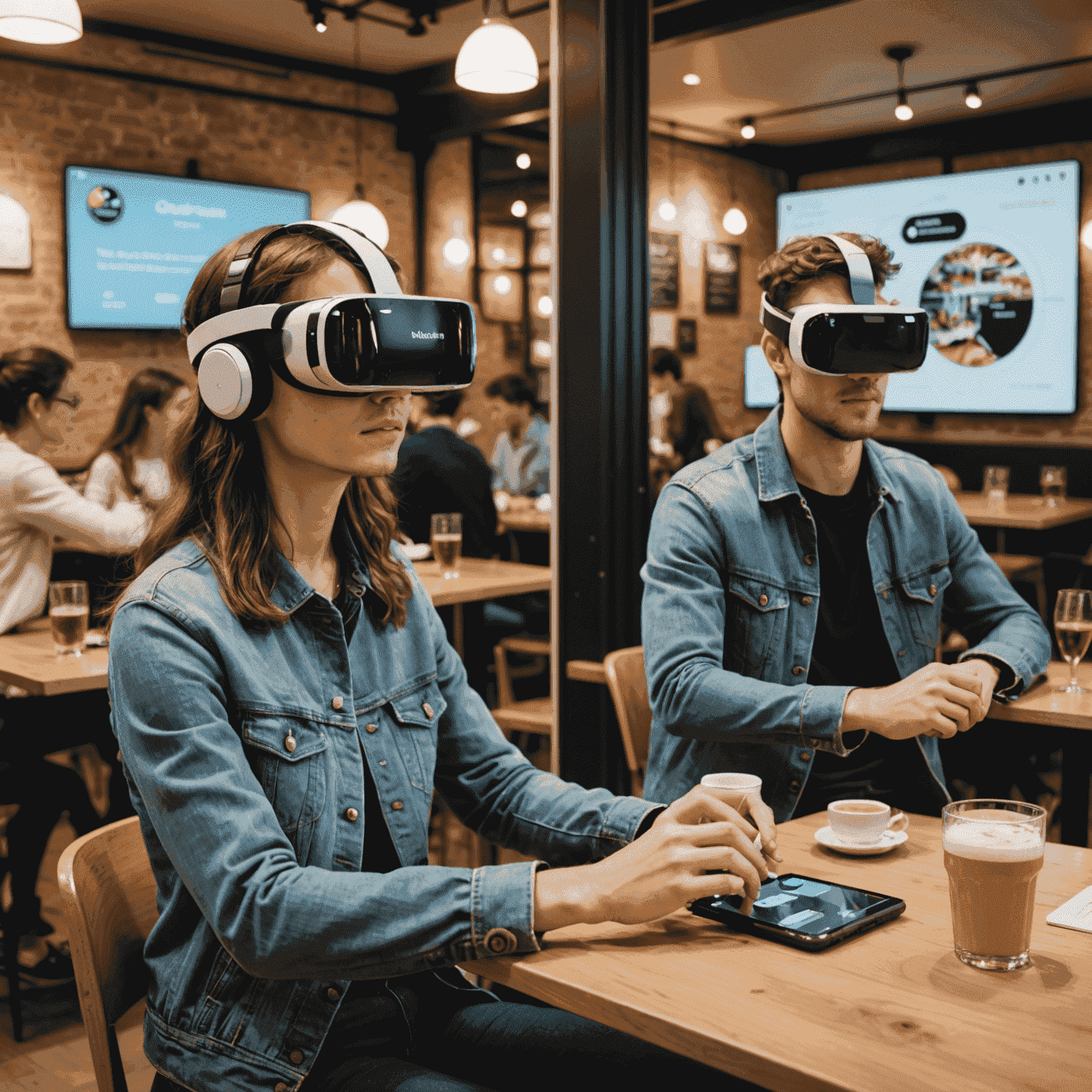Latest Language Learning Trends
Explore cutting-edge methods and technologies revolutionizing language education.

1. Virtual Reality (VR) Immersion
Virtual Reality is transforming language learning by providing immersive experiences. Students can now virtually travel to countries where the target language is spoken, engaging in realistic scenarios that enhance cultural understanding and language acquisition.
2. AI-Powered Personalized Learning
Artificial Intelligence is revolutionizing personalized language training. AI algorithms analyze learners' progress, identify areas for improvement, and tailor lessons to individual needs, making the learning process more efficient and effective.

3. Gamification in Language Apps
Language learning apps are increasingly incorporating gamification elements. This trend makes the process more engaging and motivating, especially for younger learners. Points, badges, and leaderboards encourage consistent practice and friendly competition.
4. Microlearning and Bite-sized Content
The rise of microlearning caters to busy schedules and shorter attention spans. Brief, focused lessons delivered through mobile apps allow learners to make progress in just a few minutes a day, fitting language acquisition into their daily routines.
5. Social Learning Platforms
Online communities and language exchange platforms are gaining popularity. These social learning environments allow learners to practice with native speakers, fostering authentic conversations and cultural exchanges.

6. Augmented Reality (AR) for Vocabulary Acquisition
AR technology is being used to superimpose translations and pronunciations onto real-world objects. This interactive approach helps learners associate new vocabulary with their environment, enhancing retention and practical application.
7. Adaptive Learning Systems
Advanced algorithms are creating adaptive learning paths that evolve based on the learner's performance. These systems provide a dynamic learning experience, automatically adjusting difficulty levels and focusing on areas where the learner needs more practice.
Conclusion
As technology continues to advance, the landscape of language learning is evolving rapidly. These innovative trends are making language acquisition more accessible, engaging, and effective than ever before. Whether you're a beginner or looking to refine your skills, embracing these modern methods can significantly enhance your language learning journey.